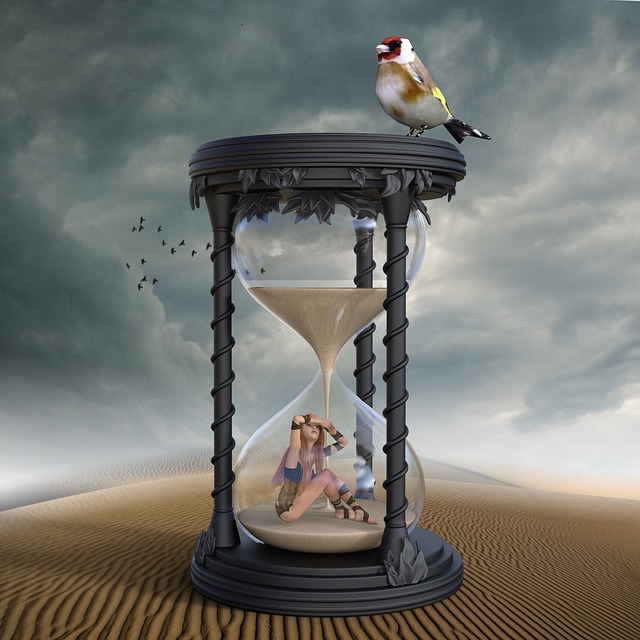
Writing Pitfall #10: Rushed or Slow Pacing
Writing Pitfall #10: Rushed or Slow Pacing
Reposted with permission from Write Divas
Nothing can ruin a good story faster than rushed pacing. If you’ve ever read a story, stopped, and blinked, all the while thinking, “wait, what just happened here?” then you know what I mean. But just as bad as rushed pacing is a slow, lagging narrative. You know the kind—where you fight the urge to click the next page on your e-reader and skim paragraphs of unnecessary detail while trying to get to the action.
To understand how to avoid rushed or lagging pacing, we must understand what pacing is.
Pacing shows the movement of time throughout the story. It is unique to each genre and story; there are no set rules for how the pacing should be set, which can leave the first-time author in a quandary. How do you know how to set your pace?
Generally speaking, different genres call for different paces. Overall, action/adventure novels—where you’d want to engage and keep your reader on the edge of his seat—are most often set at a faster pace than a historical romance, which may be better suited for a slower, more anticipatory pace with more descriptive detail.
That’s not to say, however, that every scene in every action/adventure novel is set at a breakneck speed or that all romances are slow, flowery, and flowing. Each scene should help move your story forward—if not in time, then in plot or character development. In preparation, you must determine what you need to convey to your audience in your scene and what kind of pace would best suit your purpose. Once you’ve determined that, you can use some of these tips to write your scene.
To speed up a scene, use shorter sentences that get right to the point. Remove adjectives and adverbs, and pay close attention to noun and verb choices to make your point. Choose strong verbs, not passive verbs, and make each word count. Narrow your focus to the specifics of what is happening at that moment and ignore extraneous information that distracts the reader and slows down the action.
Focus more on dialogue than narration, and keep your dialogue crisp. Have the characters jump right into the conversation at the most important part and skip the mundane “hi, how are you” chatter. Keep actions around dialogue to a minimum; use just enough to help readers identify with who is speaking so there aren’t two disembodied voices talking back and forth at each other. Allow characters to cut themselves and each other off in order to get more than one point across in one scene. Do not include any superfluous words, and end the dialogue as soon as your point has been made.
Conversely, if you want to slow down your scene, use longer sentences with descriptive narration. Set the scene around you; pull back from the action and focus on the setting, the atmosphere. Include the adverbs and adjectives—but only in moderation. Consider including a flashback; these tend to slow down the pacing of a story as well as give additional information without resorting to an info dump all at once.
Slow down the dialogue, as well. Allow characters to verbally wander, giving more back story or insight to character development, before making your point. Add more action and description to the dialogue—how the character is speaking and what she is doing while she’s speaking. Don’t allow the characters to interrupt each other and continue the dialogue after the point has been made.
Once you’ve established the pacing of your scene, it’s time to look at the overall rhythm—the flow of the scenes throughout the story. Are all of the fast-paced scenes close together? Is the reader overly excited with no chance to catch her breath? Or are the slower scenes running together, creating a monotone of sleepy narration? The rhythm of your story mixes the paces; it uses slower narrative to build the anticipation, quick action scenes or dramatically short emotional explosions to keep the reader at a high level until the climax, and then eases the reader once again with longer, drawn-out scenes.
But how do you know if your pace and rhythm complement your story? Take your scenes and lay them out. Map out your story—where does the pace tend to drag? Where does the pace zip by? Are there important details being missed? Is the anticipation building to the climax?
There’s no perfect, easy answer. Pacing and rhythm, just like so many other things, is subjective and varies with each individual author and reader. Map out your story so that it follows a pace and rhythm that feels right to you.